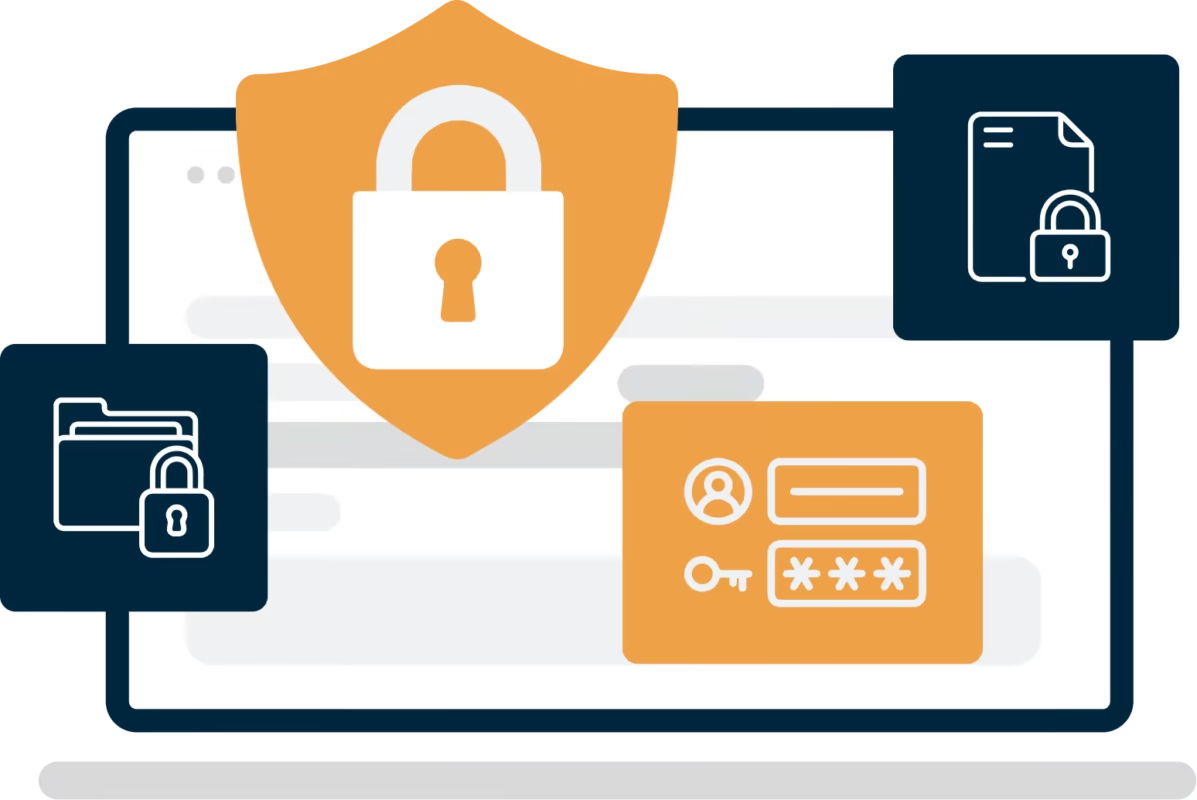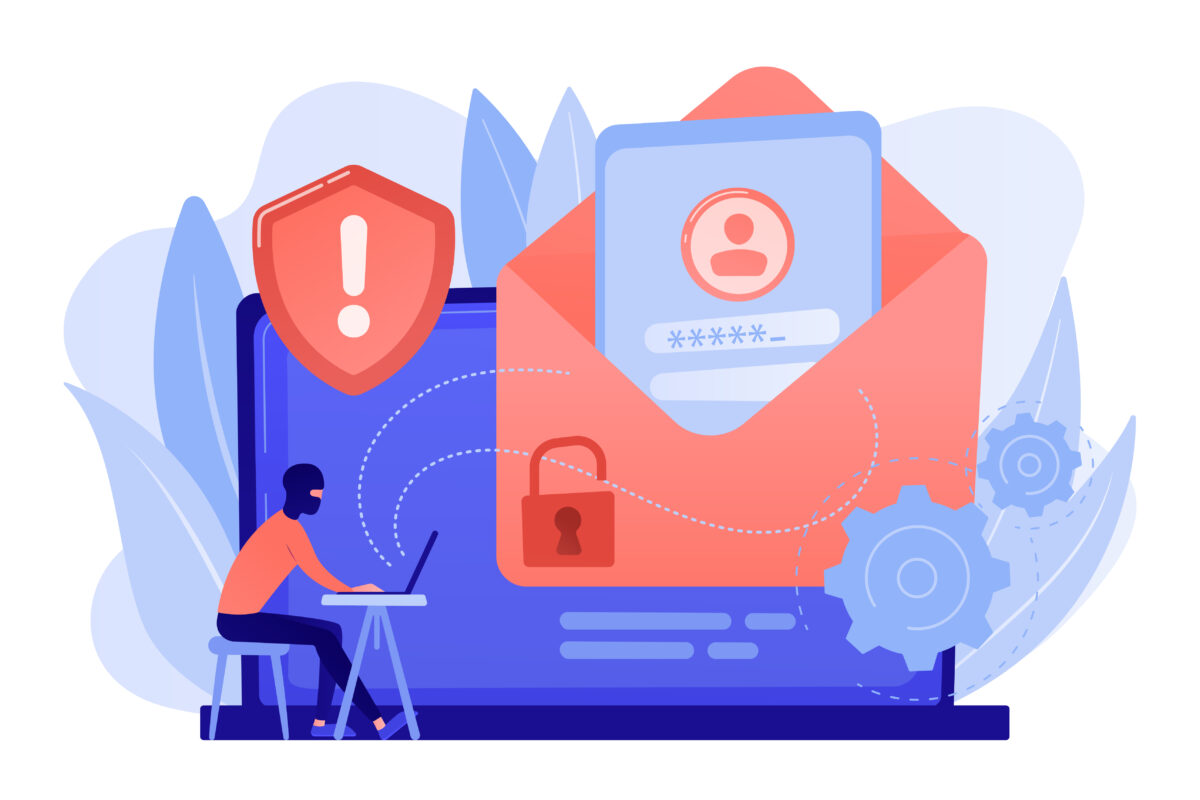Ransomware continues to be a pervasive threat in the digital world, targeting businesses of all sizes. With attackers employing increasingly sophisticated tactics, companies must adopt robust strategies to defend their critical data. In this article, we’ll explore the top 10 strategies that businesses can implement to protect themselves from ransomware attacks.
1. Adopt a Multi-Layered Security Approach
Implementing multiple layers of security is essential to defending against ransomware. A multi-layered strategy can include firewalls, endpoint protection, intrusion detection systems, and email security. By diversifying defenses, businesses can make it more difficult for attackers to penetrate their systems.
Mimecast’s integration with Microsoft 365 is an example of this multi-layered approach, providing businesses with AI-powered protection against email-based threats, which are often the primary entry point for ransomware.
Mimecast’s email security tools detect phishing attempts and malicious attachments, preventing them from reaching employees and compromising sensitive data.
2. Regular Data Backups
In the event of a ransomware attack, having up-to-date and secure backups is one of the most effective ways to recover. Backups should be performed regularly, stored securely, and, ideally, offline to protect them from being encrypted by ransomware.
- Automated backup solutions can ensure that data is consistently backed up without human intervention.
- It’s crucial to regularly test these backups to ensure they are reliable and functional.
3. Employee Awareness and Training
Since human error is often a vulnerability, educating employees on the risks of ransomware is crucial. Training should cover recognizing phishing emails, using strong passwords, and practicing safe browsing habits. With Mimecast’s advanced email security, employees can be alerted to suspicious content in real time, helping them avoid clicking on harmful links and attachments.
Investing in cybersecurity awareness training is one of the most cost-effective ways to prevent ransomware attacks. A well-informed workforce is much less likely to fall victim to social engineering tactics.
4. Ensure Timely Software Patches and Updates

Cybercriminals frequently exploit vulnerabilities in outdated software to gain unauthorized access. Regularly patching and updating software—especially operating systems, applications, and antivirus programs can help close these security gaps and reduce the risk of a ransomware attack.
Businesses should also ensure that their security solutions, like the Mimecast advanced threat protection, are updated to handle emerging threats. Automating these updates can ensure that they are applied consistently.
5. Segment Your Network
Network segmentation can help contain a ransomware attack by isolating critical systems and data. If one part of the network is compromised, the attacker’s ability to spread the ransomware to other systems can be limited.
- For larger organizations, this strategy is especially important.
- Isolating sensitive data and applications from other parts of the network can significantly reduce the impact of an attack.
6. Implement Strong Authentication Methods
Ransomware attacks often target weak authentication methods to gain access to sensitive systems. Implementing strong, multi-factor authentication (MFA) across all systems can provide an additional layer of protection.
This is particularly important for businesses using cloud services like Microsoft 365. Solutions such as Mimecast can work alongside MFA to secure email and collaboration platforms by detecting and blocking malicious activities before they can compromise user credentials.
7. Real-Time Threat Monitoring and Incident Response
Constant monitoring for unusual network activity can help businesses detect ransomware early. Using security information and event management (SIEM) systems and intrusion detection software allows for quicker identification of potential threats.
Mimecast’s threat intelligence platform offers real-time threat monitoring, enabling businesses to respond quickly to suspicious activities and potentially neutralize ransomware attacks before they escalate.
8. Advanced Email Filtering

Since email is the most common method used to deliver ransomware, advanced email filtering solutions are critical in preventing attacks. Tools like Mimecast’s email security platform offer AI-driven protection against phishing emails, malicious attachments, and URL-based threats.
- By filtering out these malicious emails before they reach employees’ inboxes,
- Mimecast helps reduce the risk of ransomware being delivered through email phishing campaigns.
- This proactive protection is especially important for businesses relying on email as a primary mode of communication.
9. Secure Remote Access
With remote work becoming more common, securing remote access to corporate networks is essential. Using secure Virtual Private Networks (VPNs) and two-factor authentication (2FA) ensures that only authorized individuals can access sensitive data and systems.
Ransomware often spreads through unsecured remote connections, making it imperative that businesses implement secure access policies.
Solutions like Mimecast’s email security and collaboration protection tools can further safeguard remote communication channels, ensuring that ransomware doesn’t infiltrate systems through compromised remote access.
10. Develop an Incident Response Plan
No matter how many precautions are in place, businesses should always be prepared for the worst. Developing a comprehensive incident response and recovery plan is essential to minimize the impact of a ransomware attack. This plan should outline steps for isolating affected systems, notifying stakeholders, and restoring data from backups.
Mimecast’s solutions can play a key role in this process by providing advanced threat detection and response tools that help identify the source of the attack quickly. This enables businesses to act swiftly and effectively during an incident.
Conclusion
Ransomware remains one of the most significant cybersecurity threats facing businesses today. By implementing a multi-layered security approach, regularly backing up data, training employees, and using advanced tools like Mimecast’s email and collaboration protection for Microsoft 365, businesses can significantly reduce their vulnerability to these attacks.
With its AI-driven threat intelligence, real-time monitoring, and proactive email security, Mimecast helps businesses stay ahead of evolving ransomware tactics, ensuring they are better prepared to defend their valuable data and assets.


